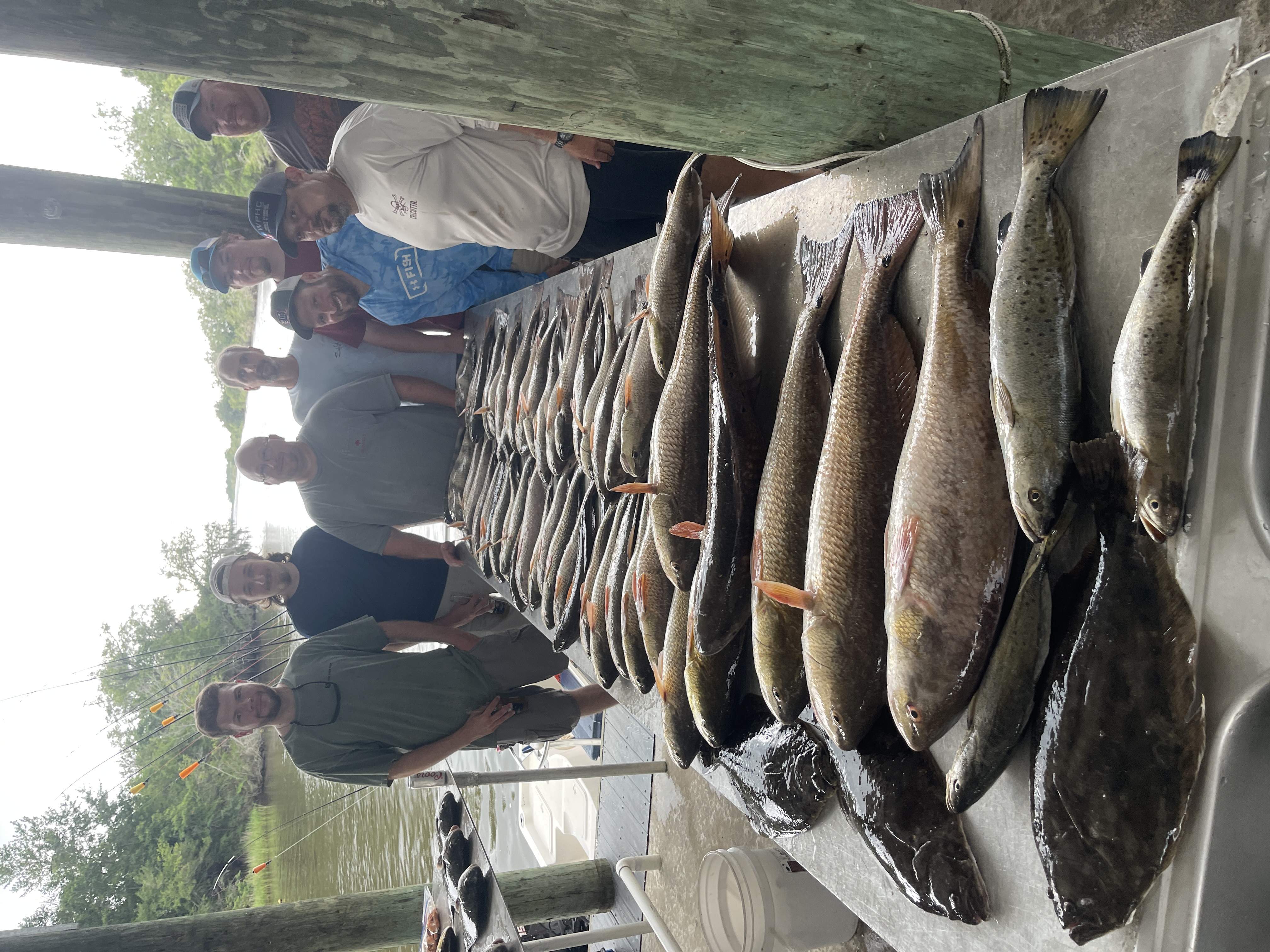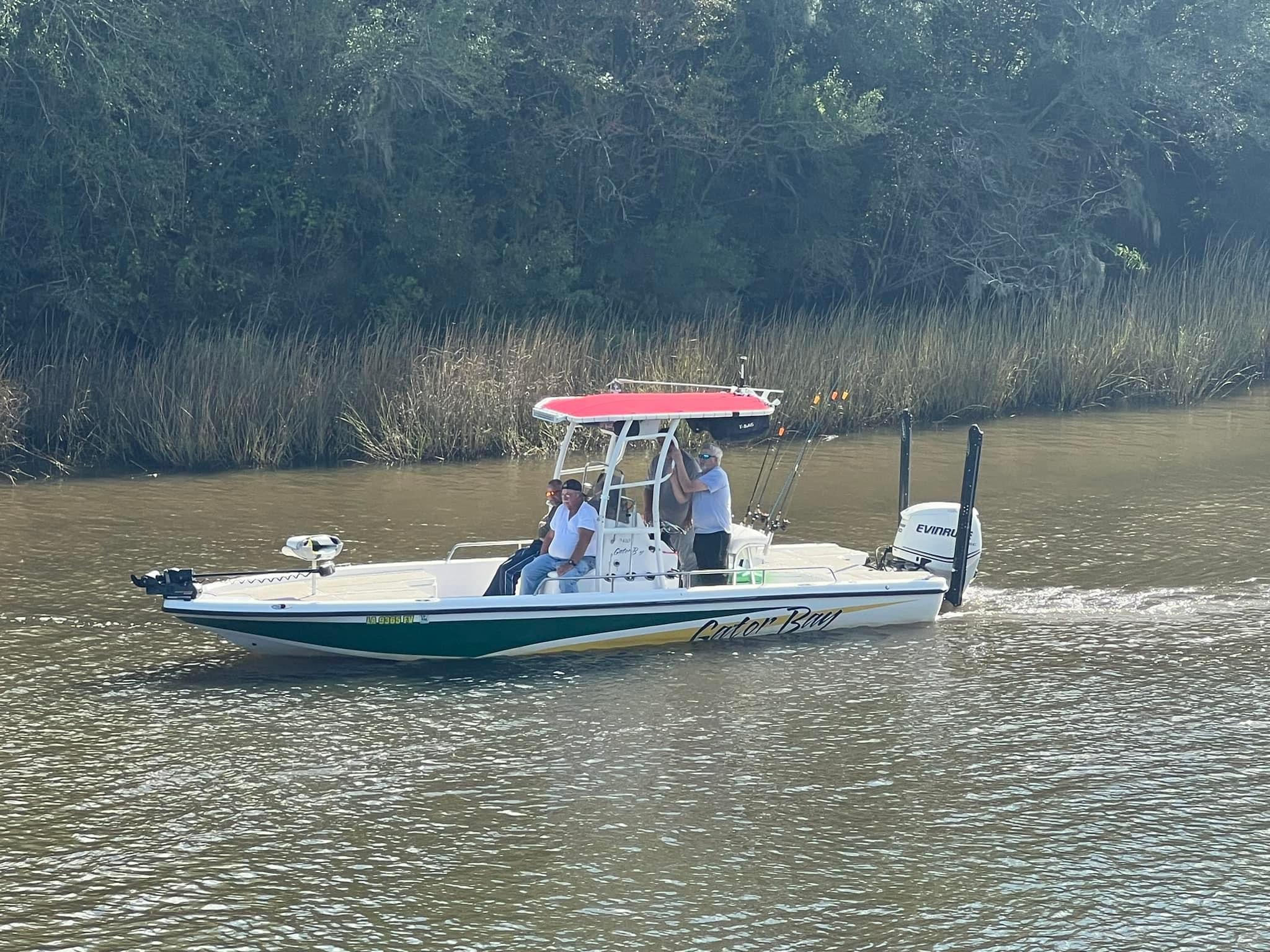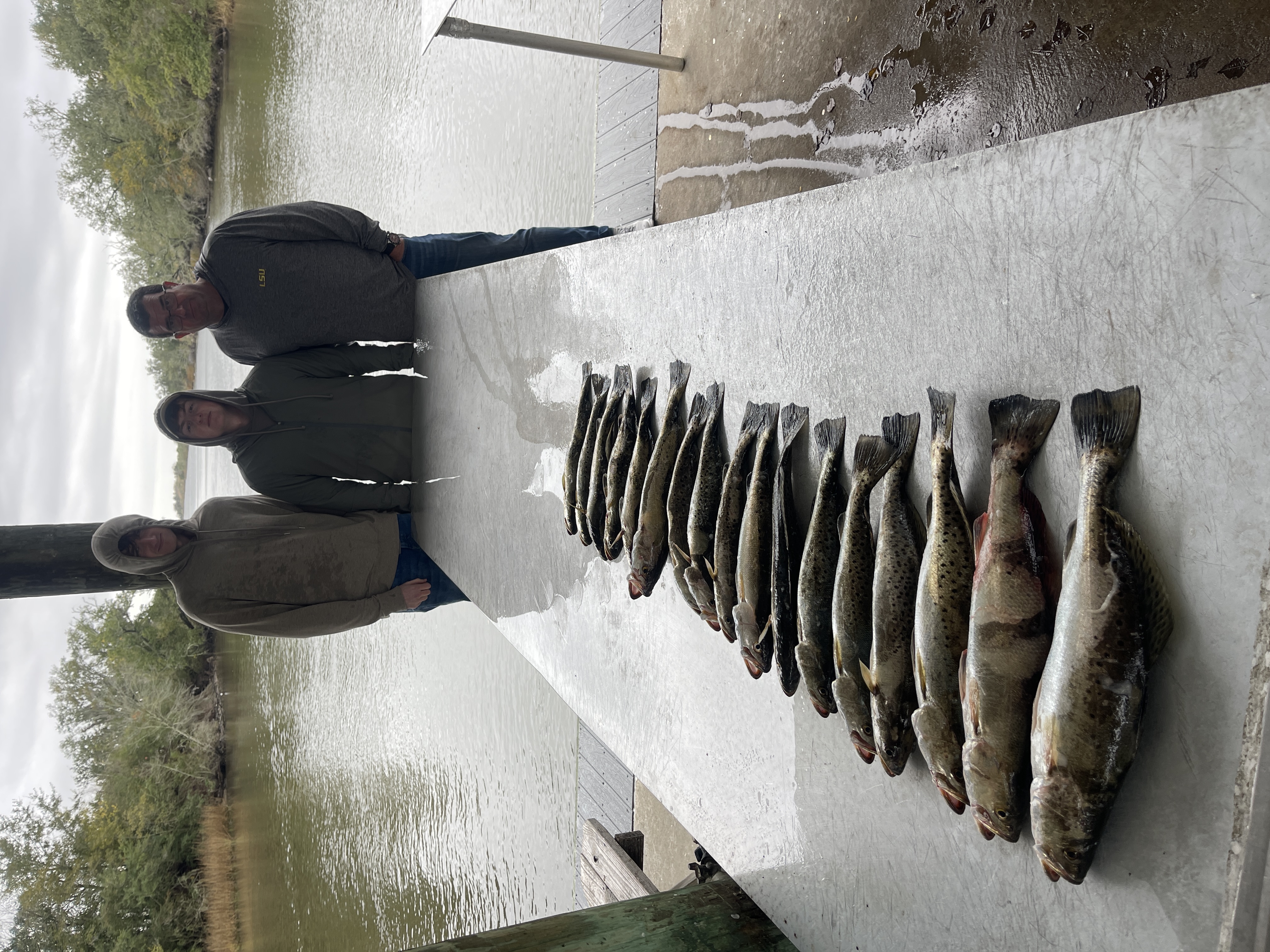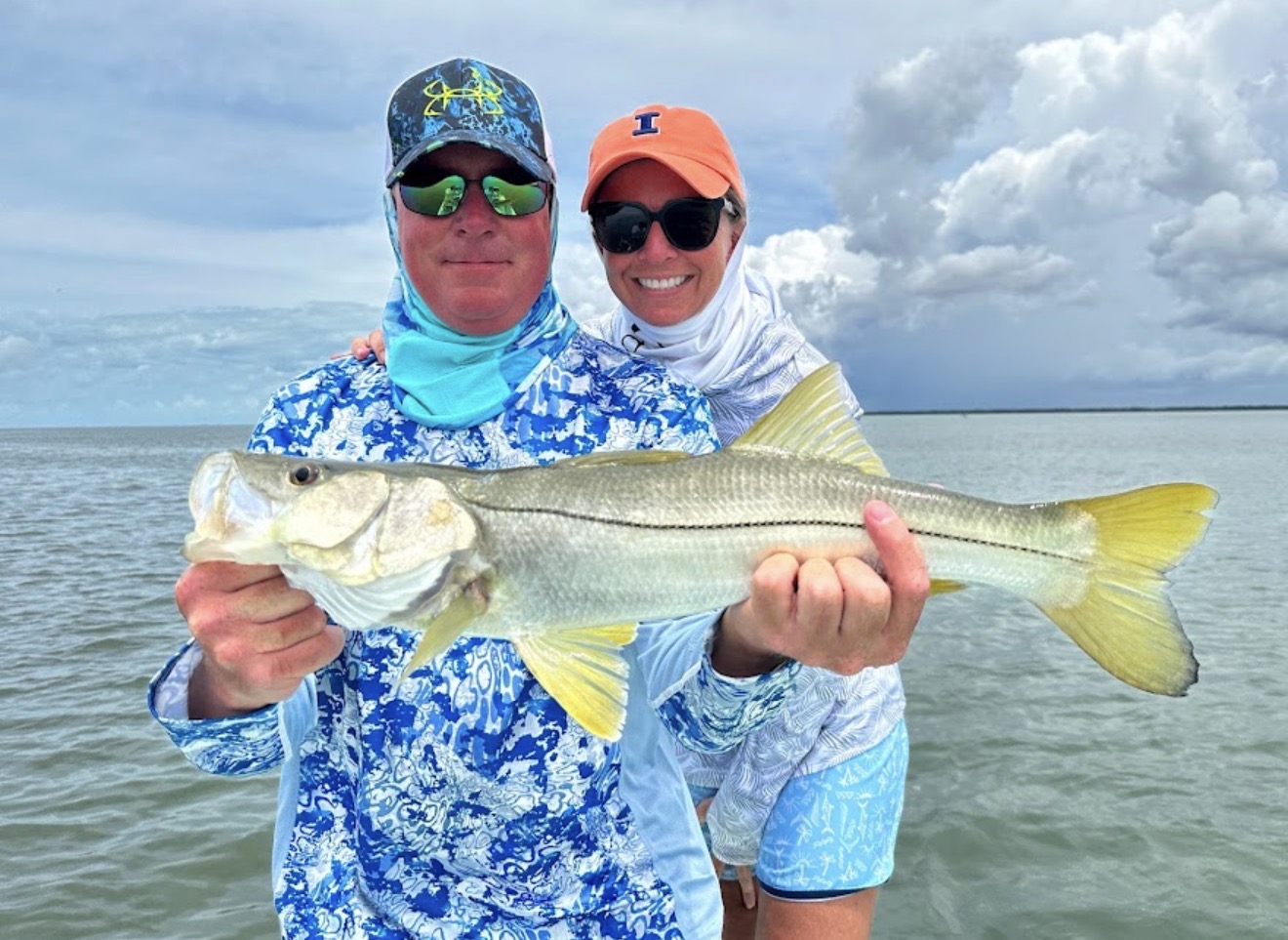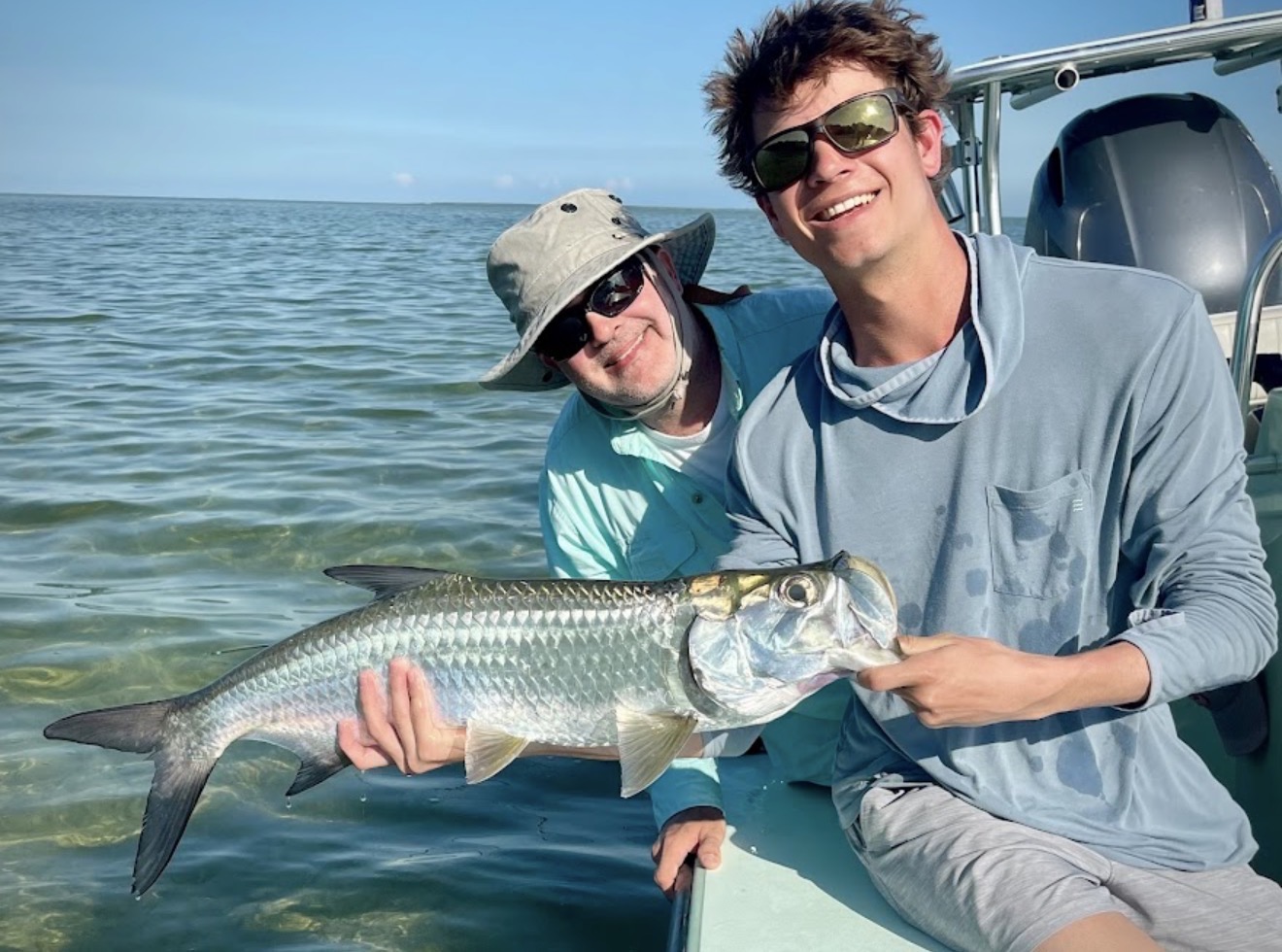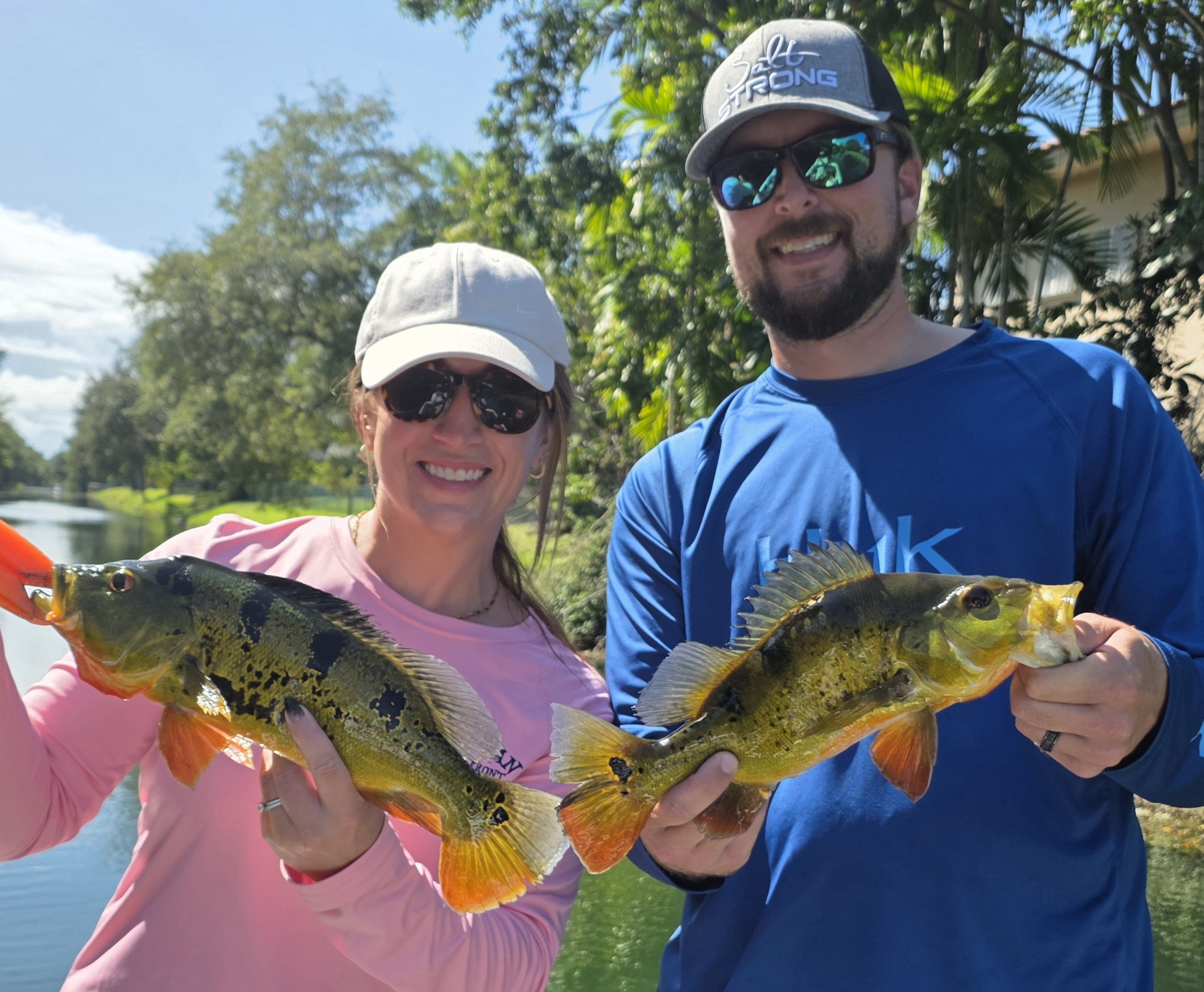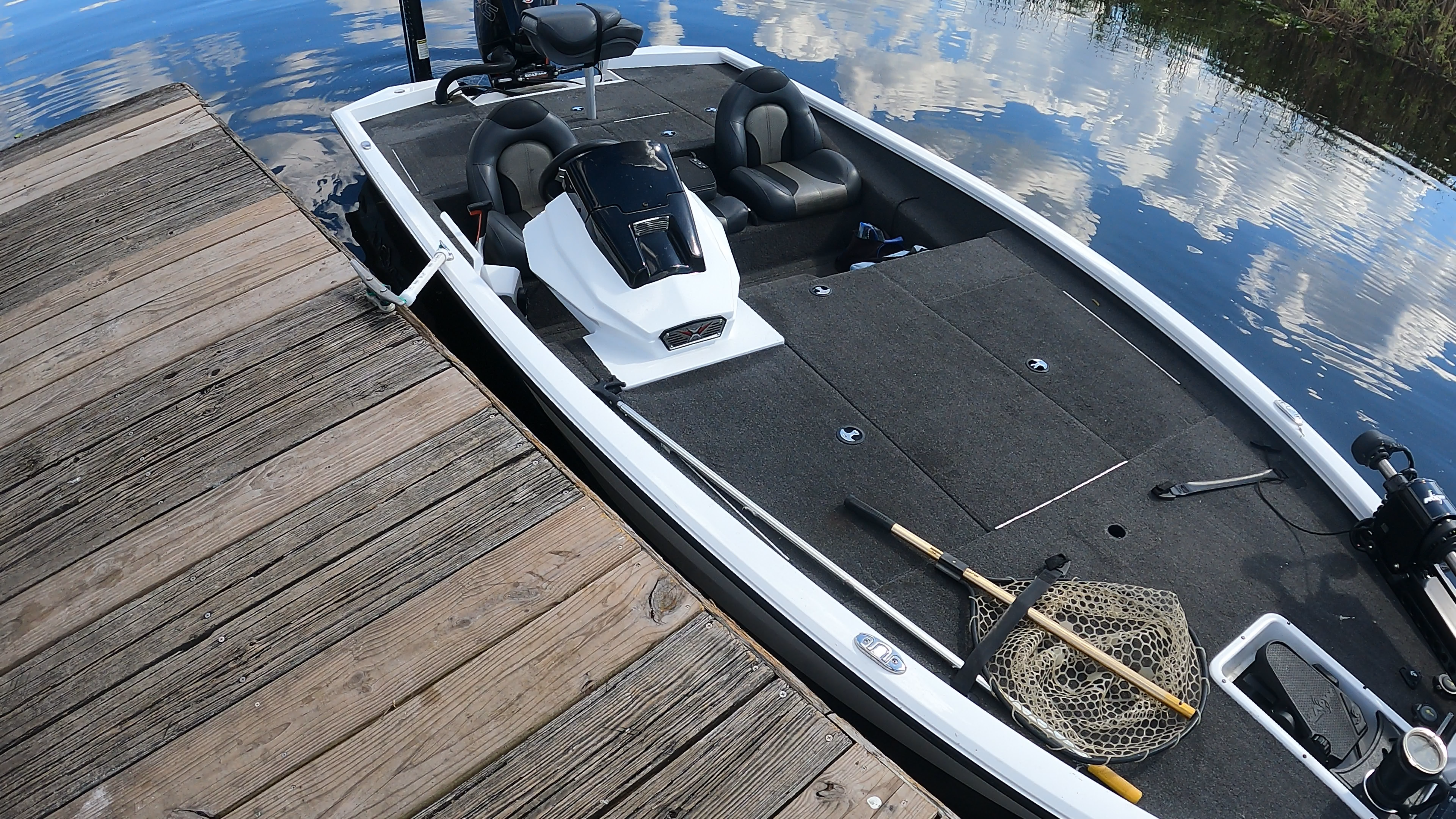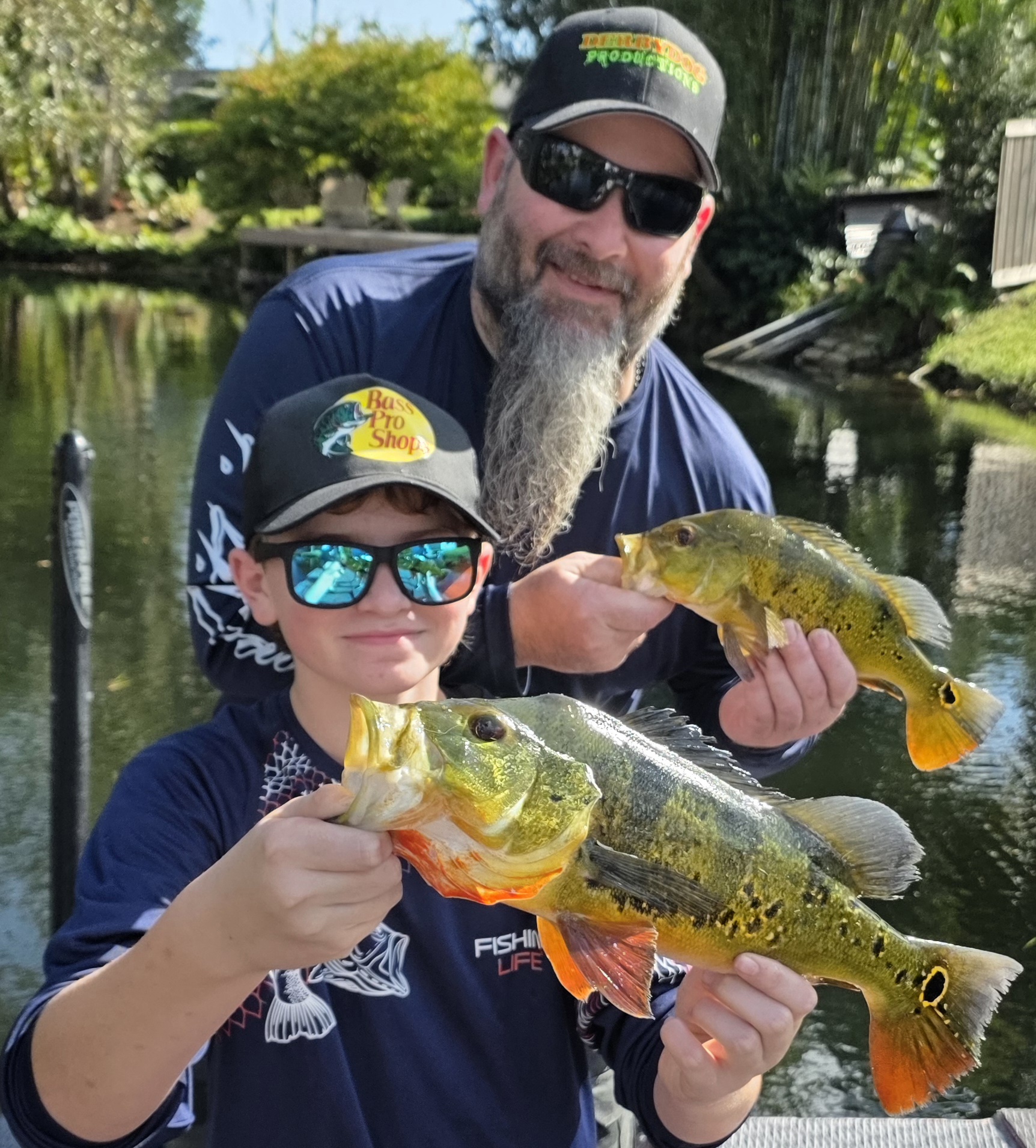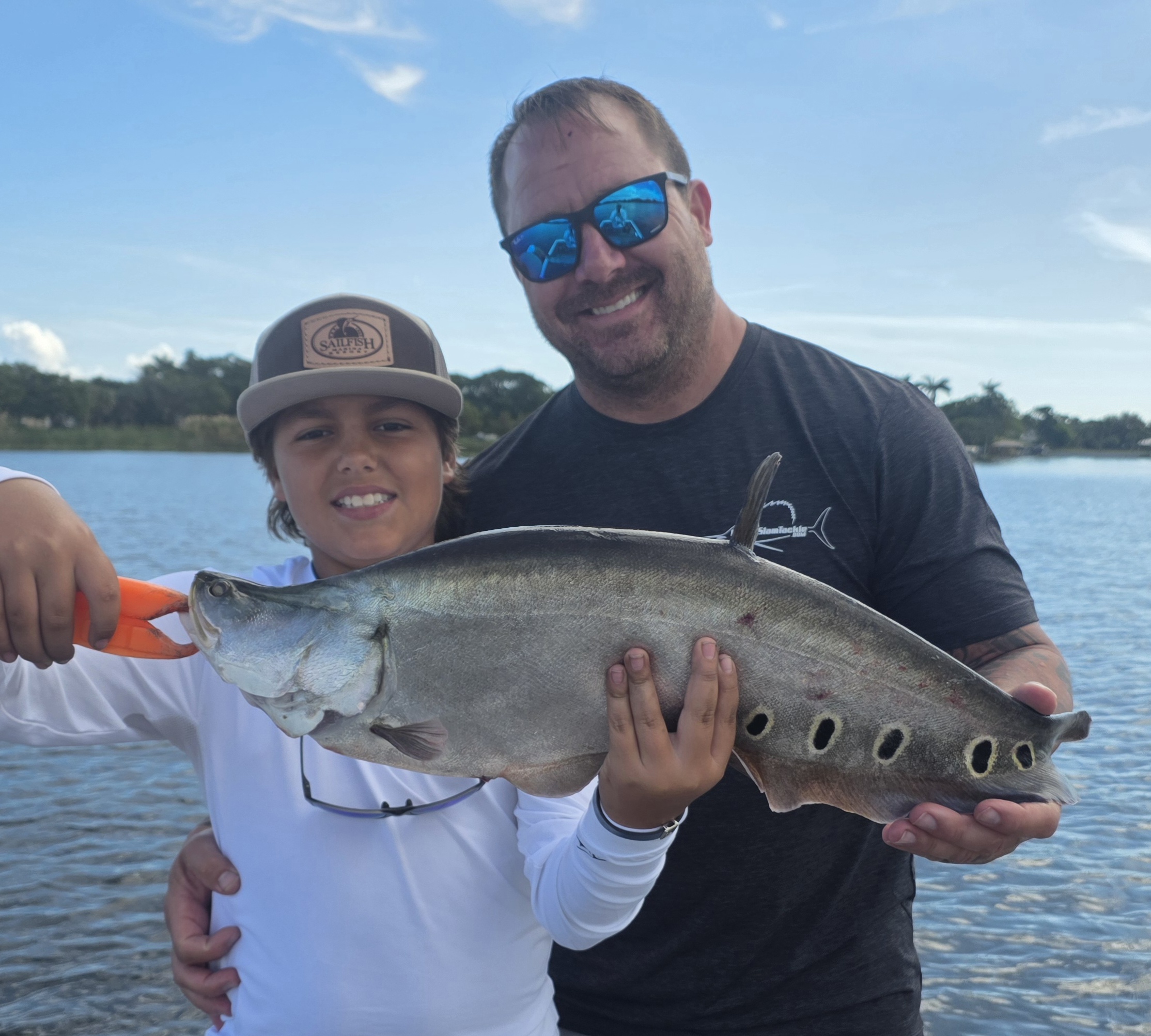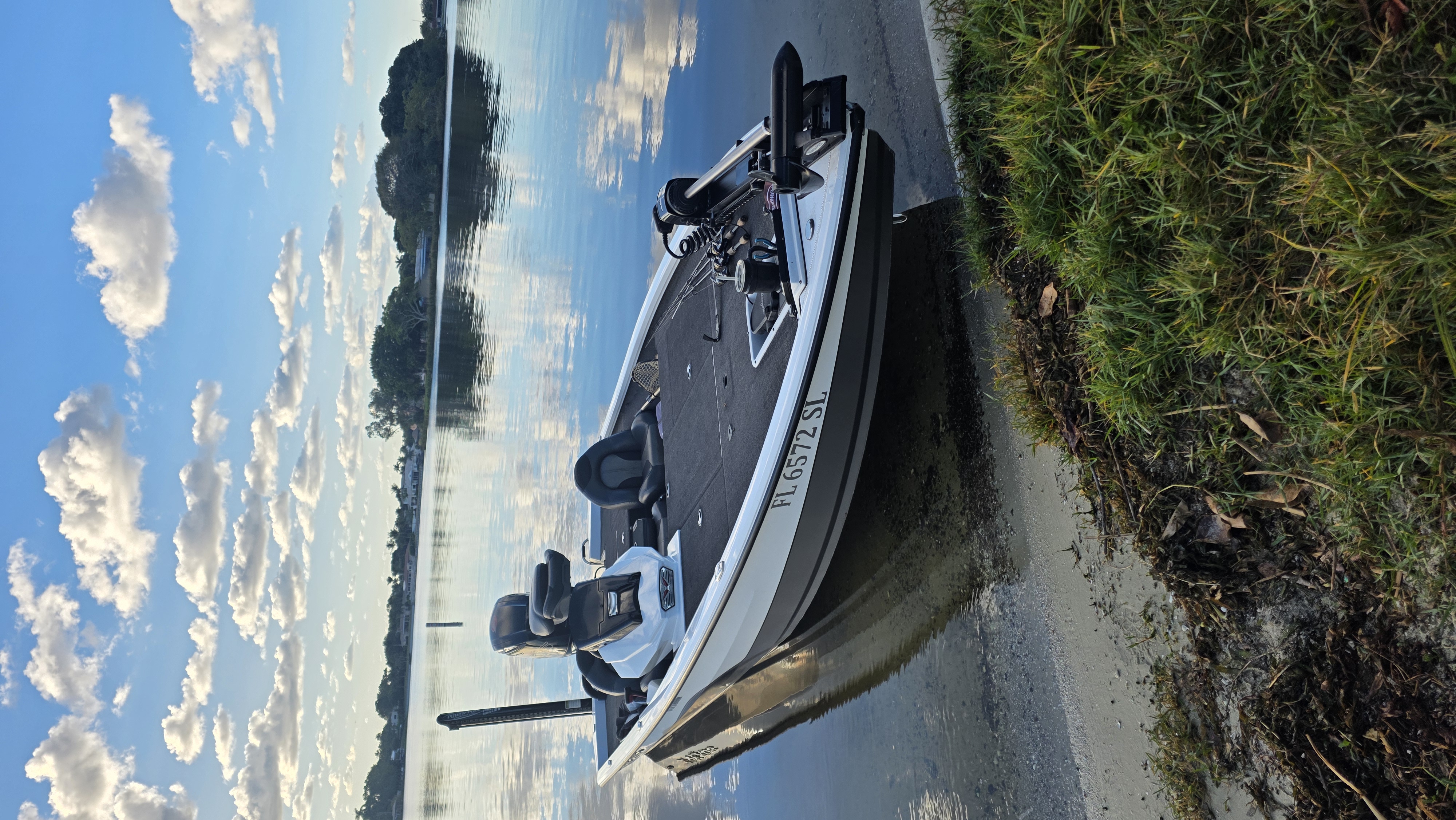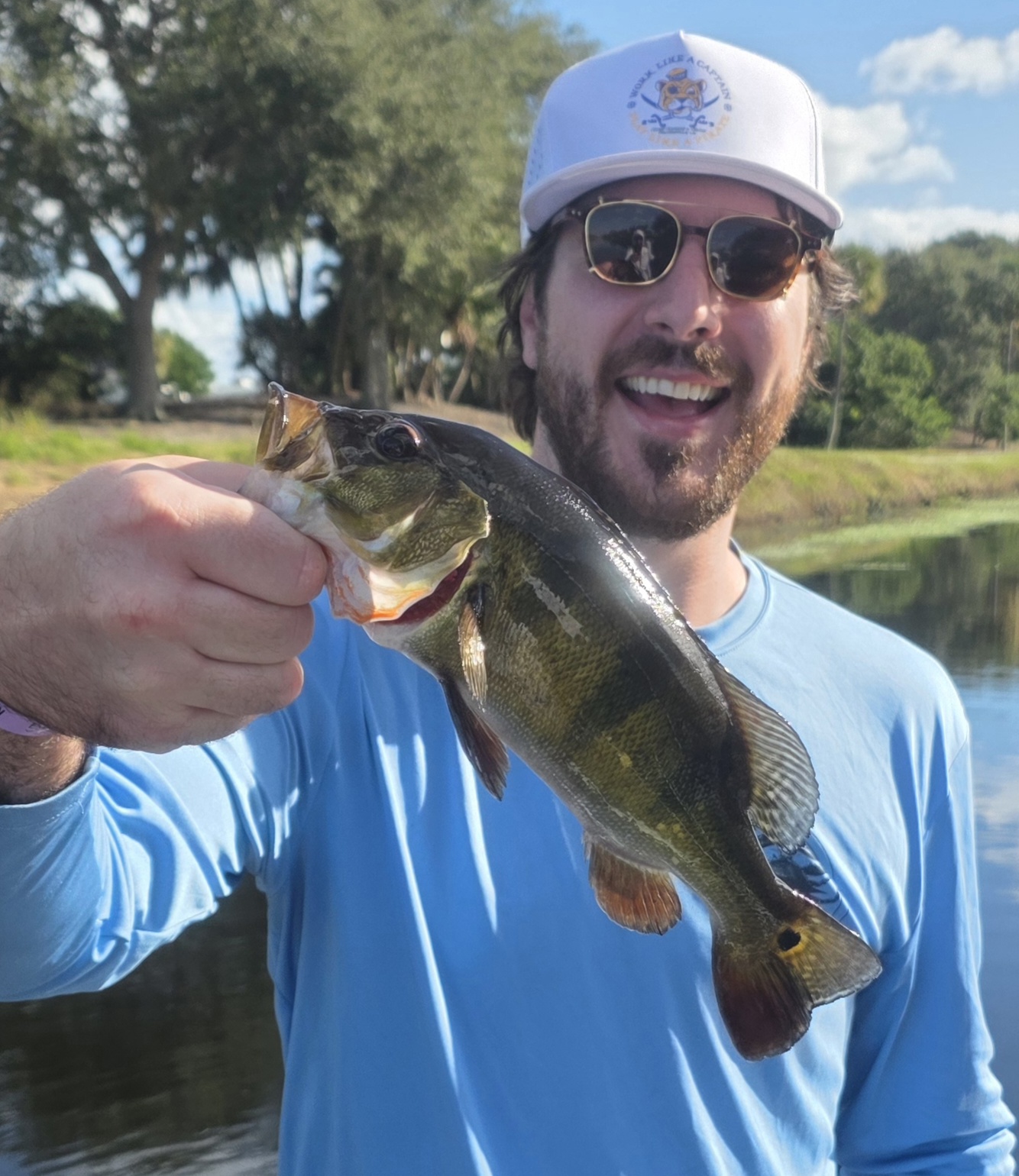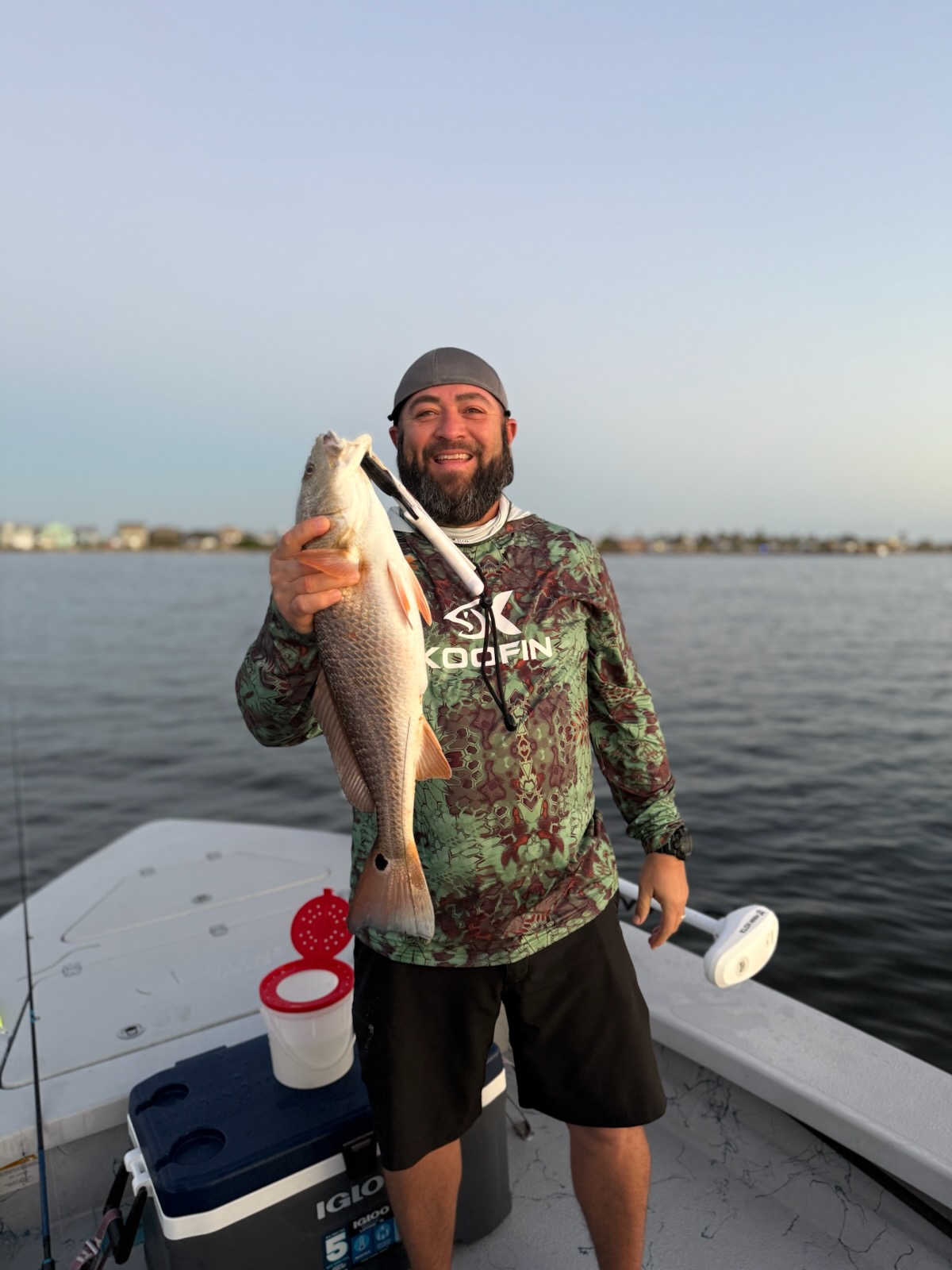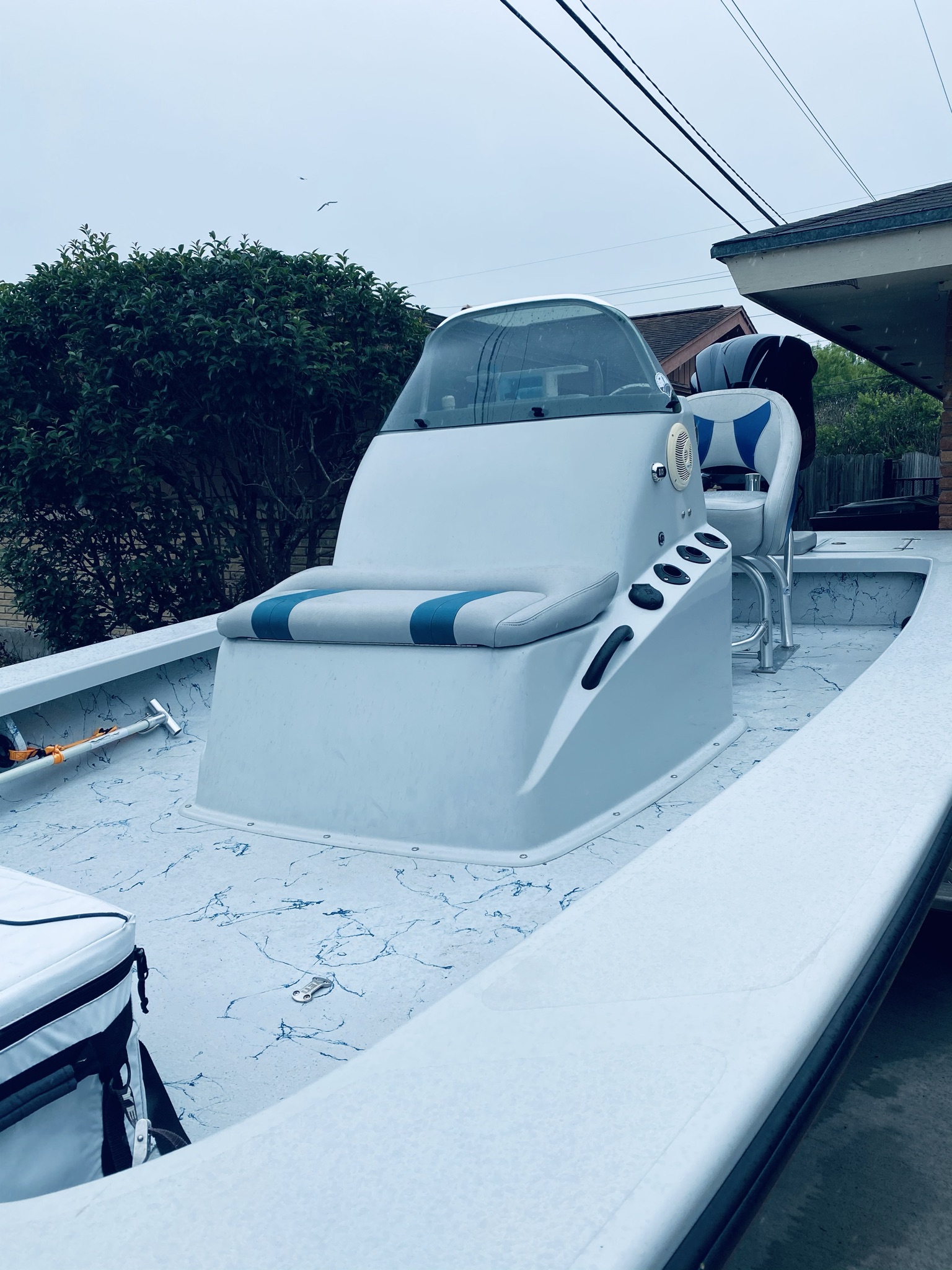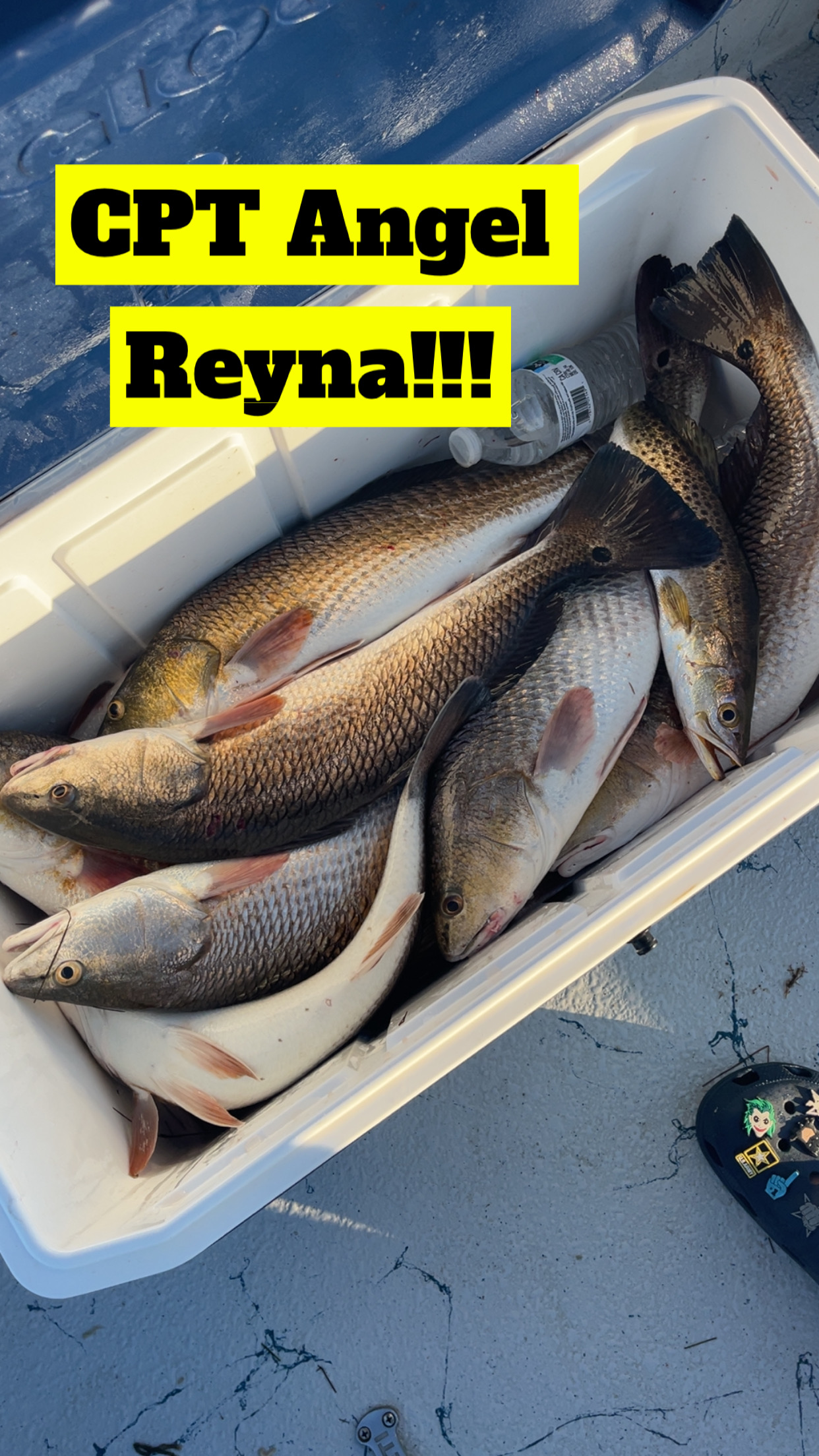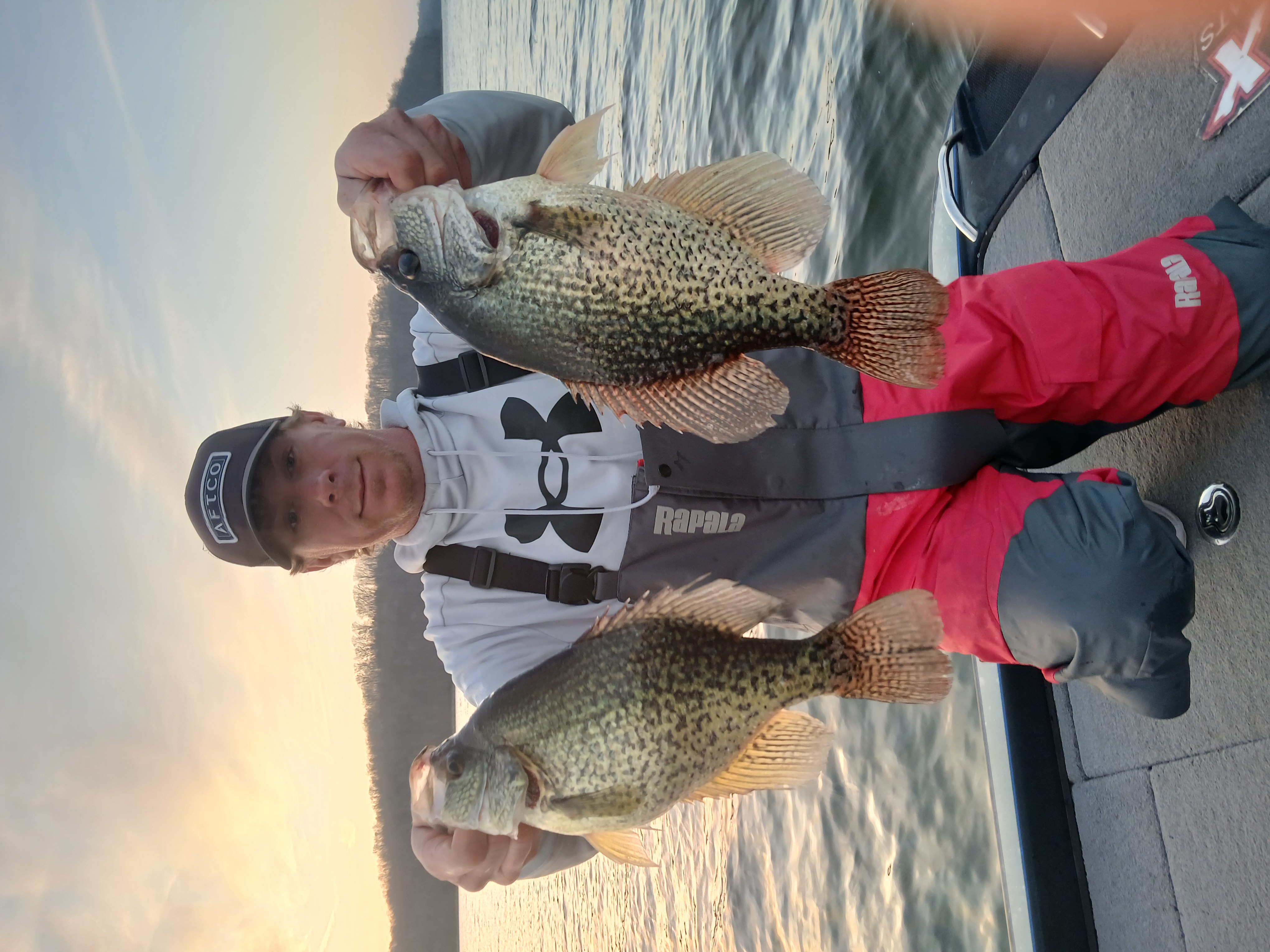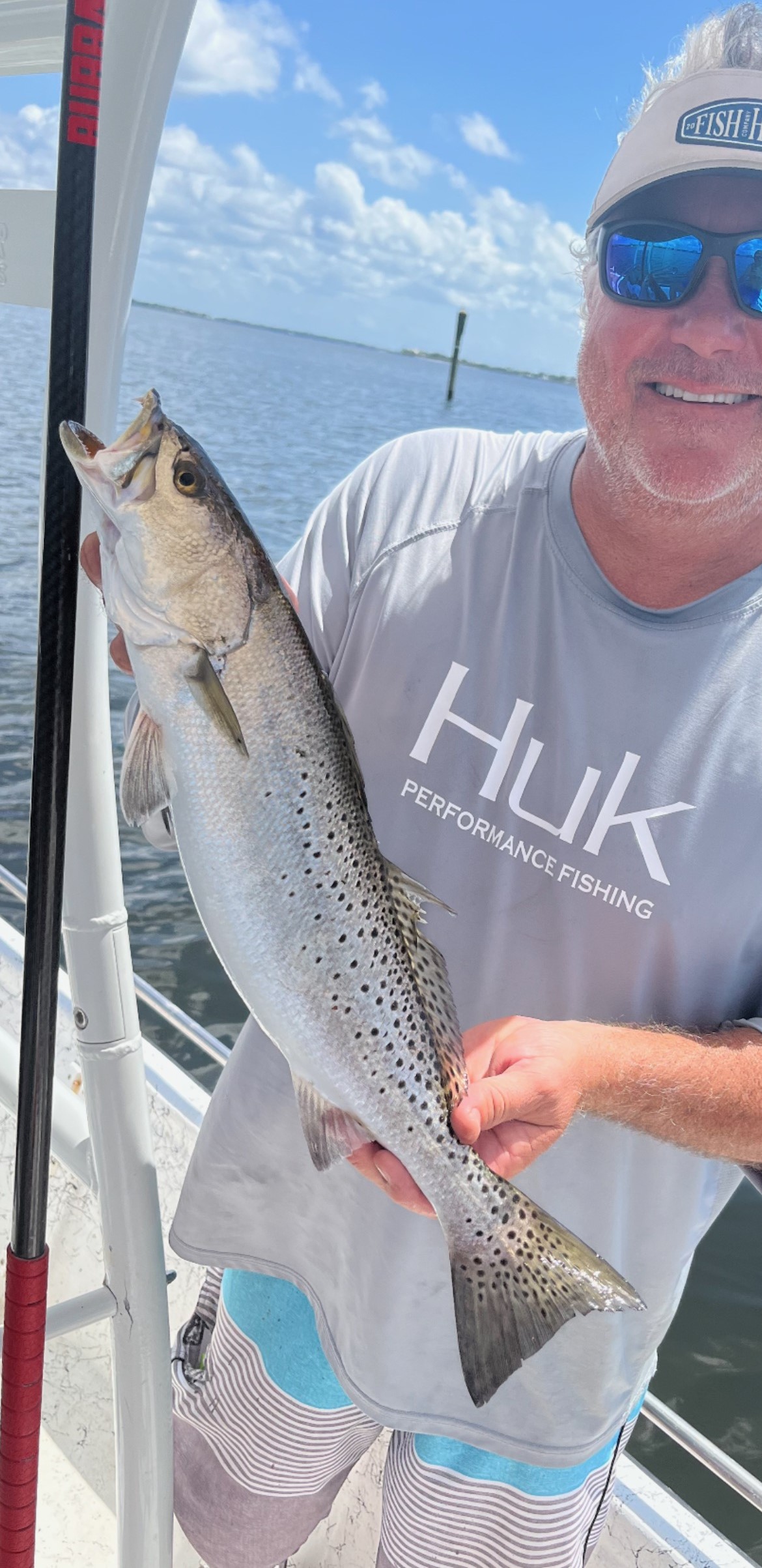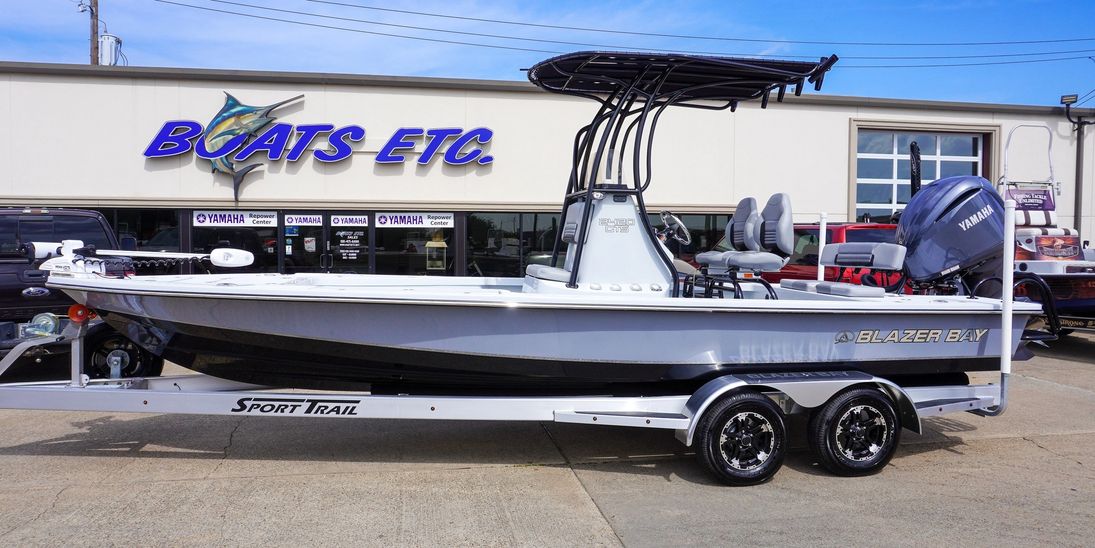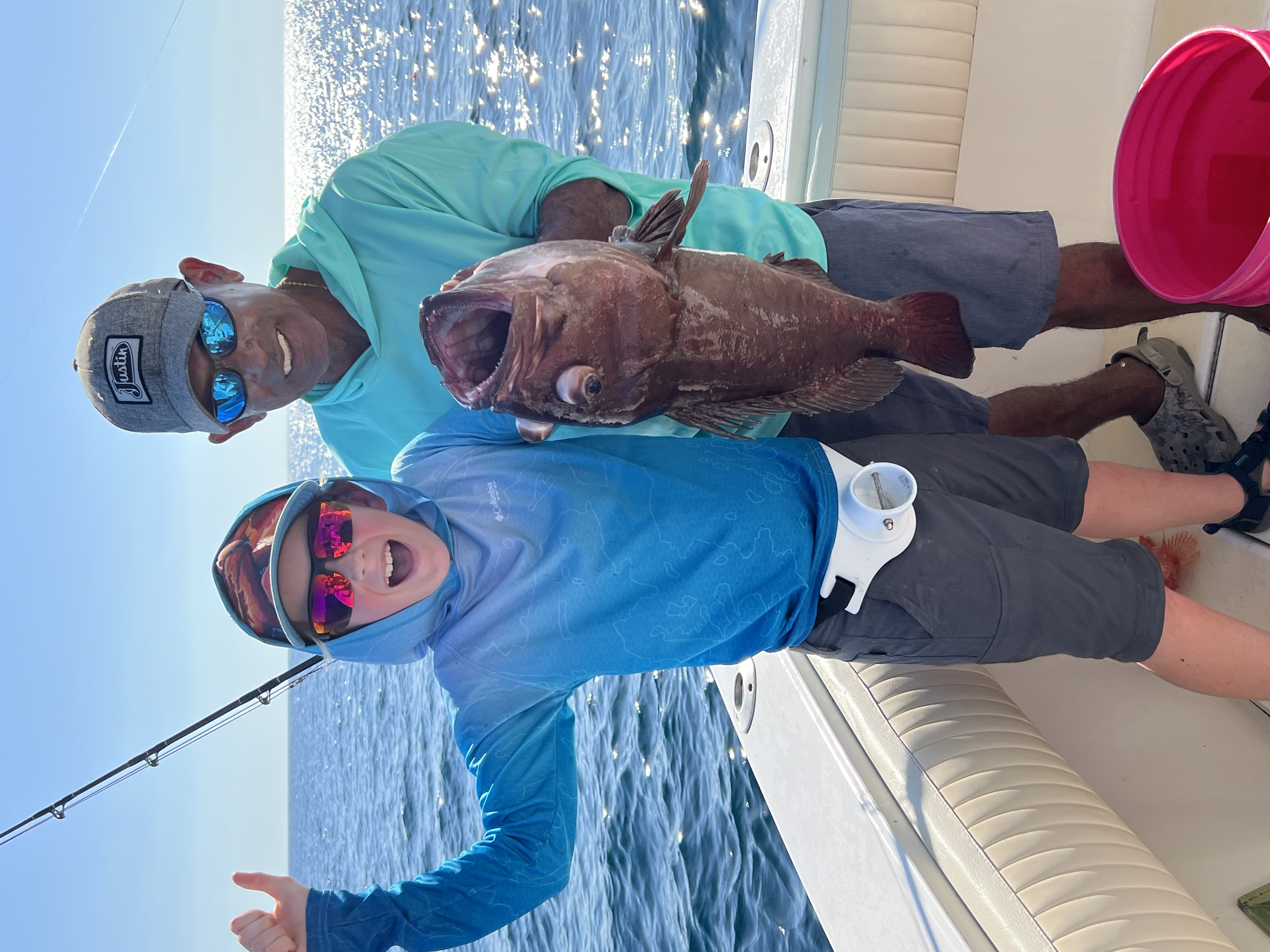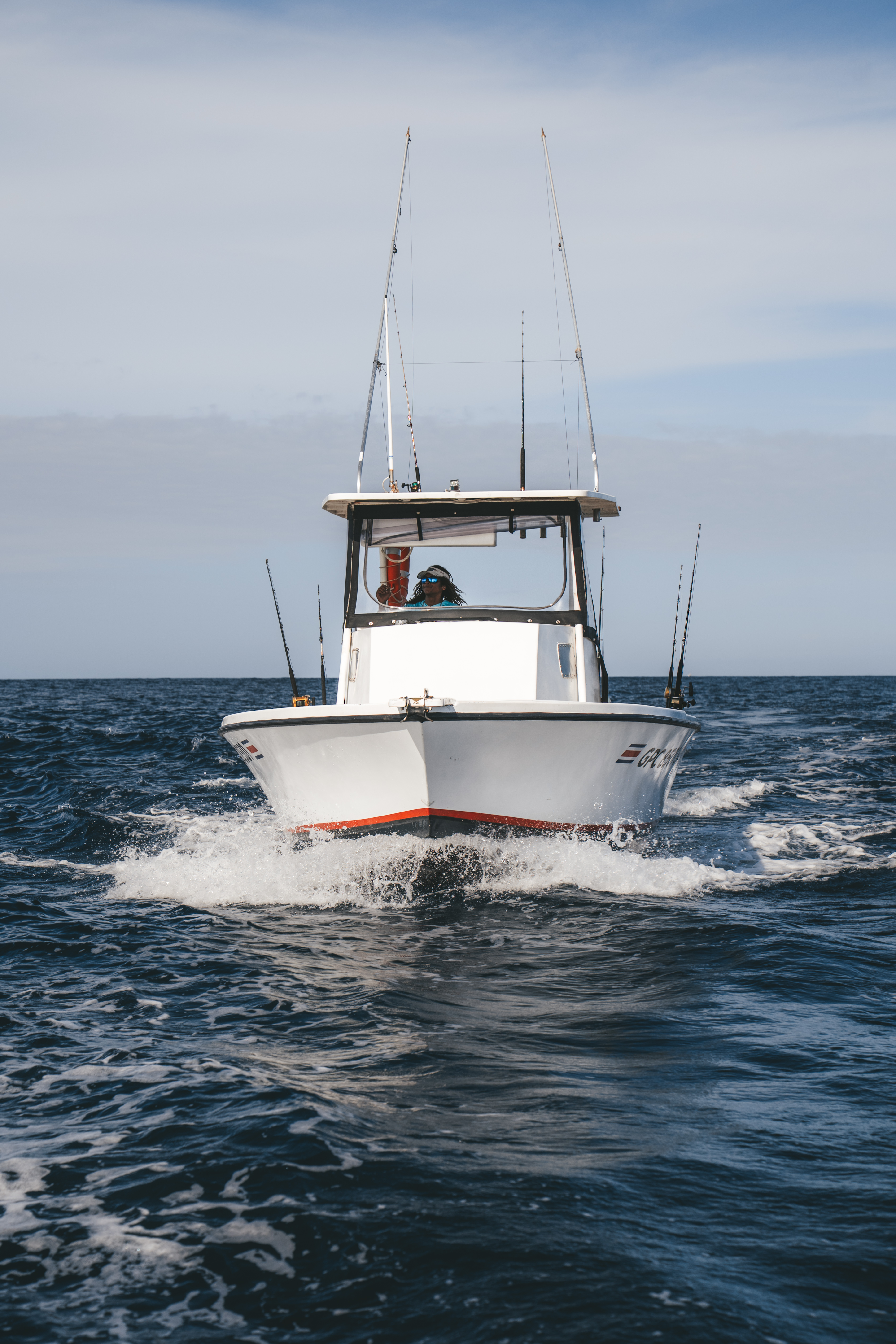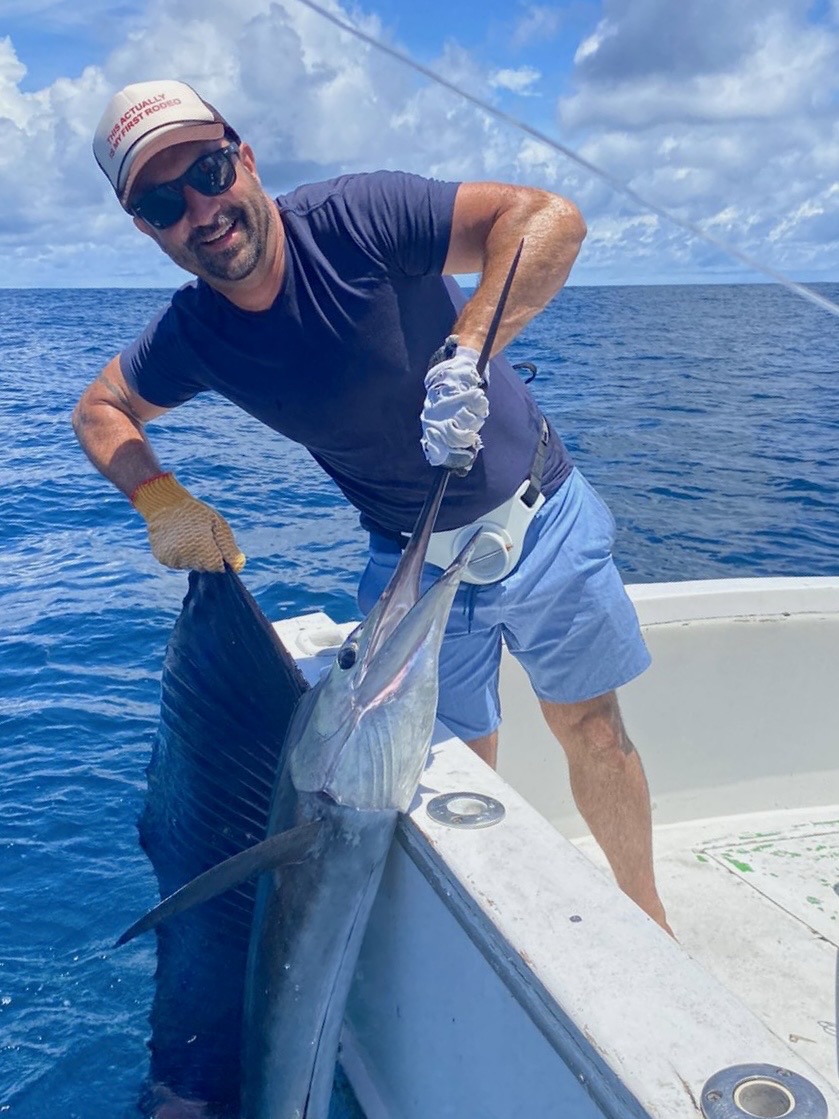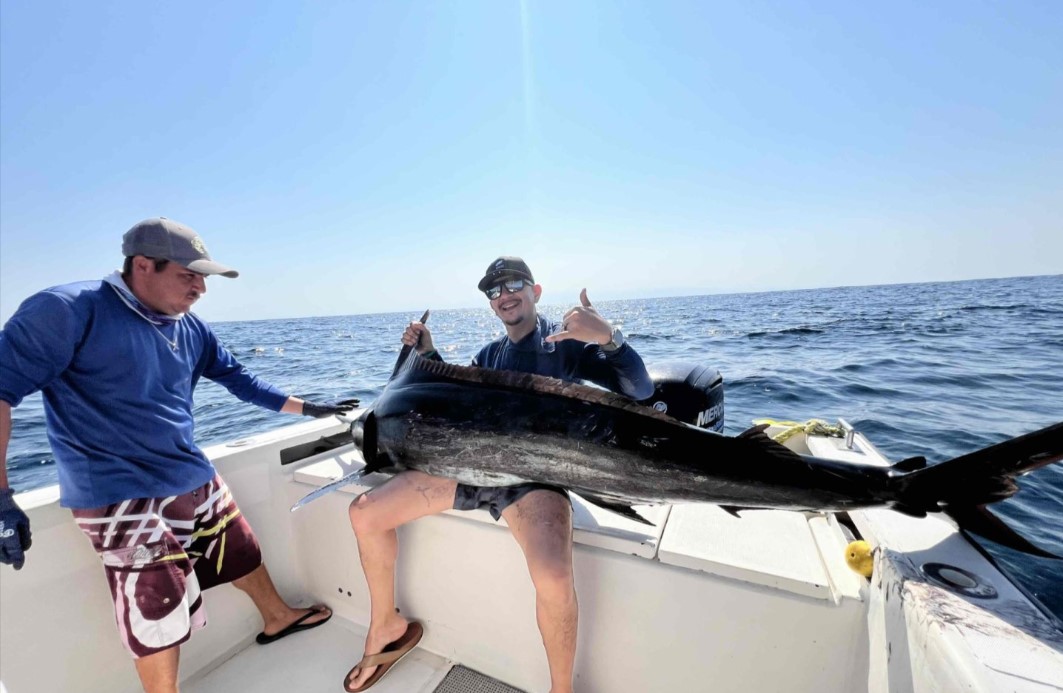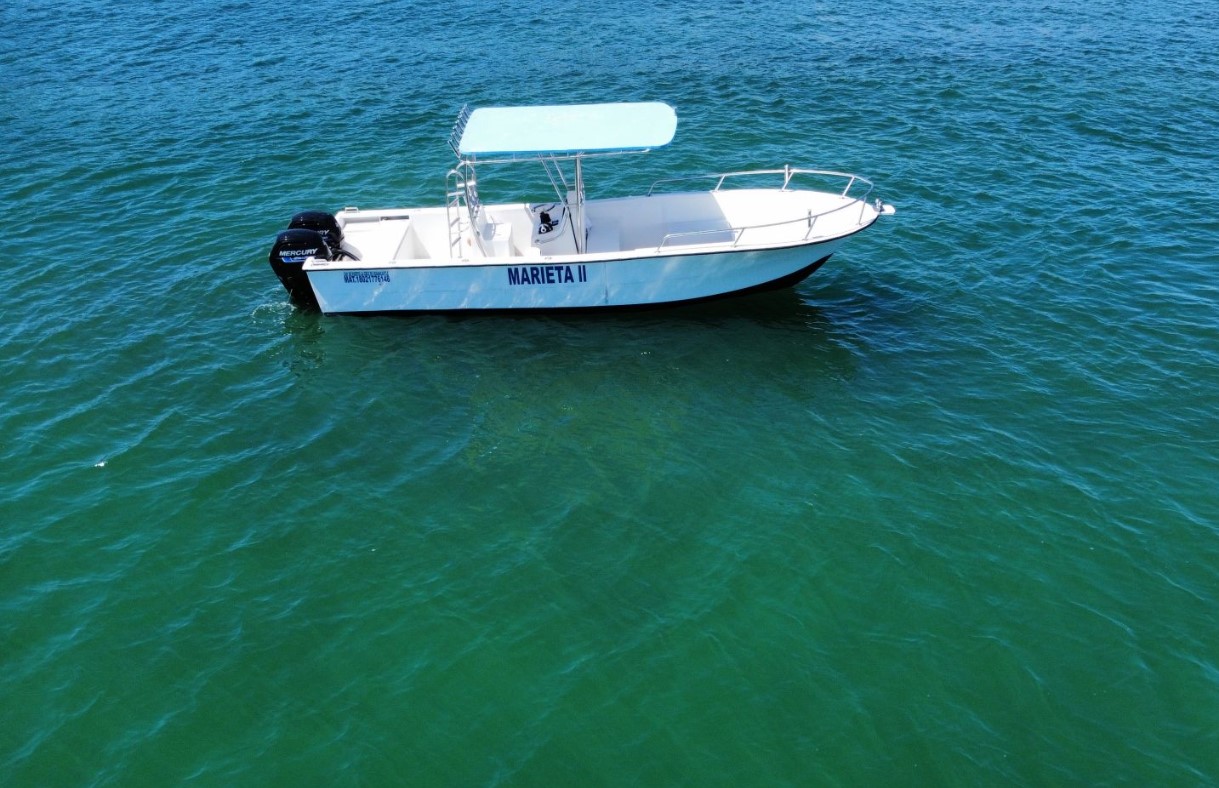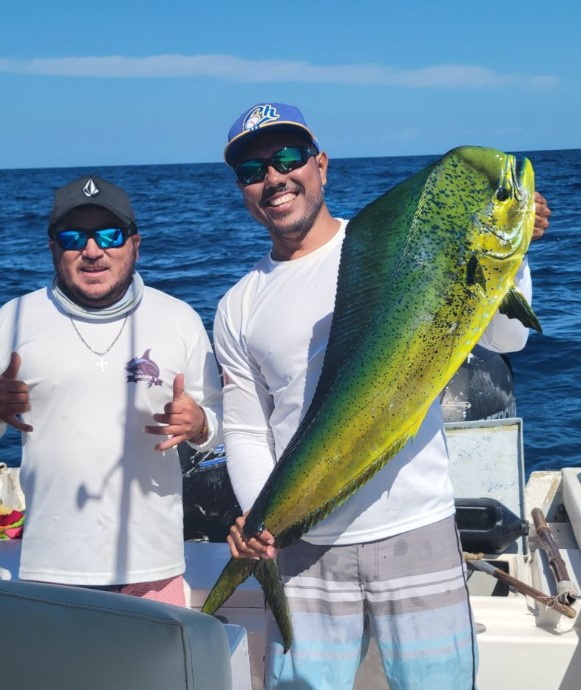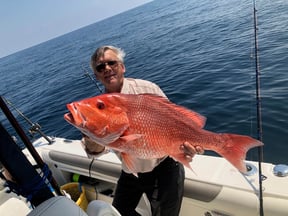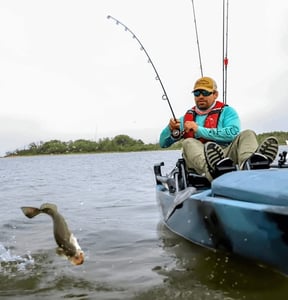Inshore, Lake, Flats in Saint Bernard
Winter Special
Inshore, Nearshore, Flats in Tavernier
Sight Fishing Everglades Natl Park
Miami Peacock (4-8HR)
Lake Ida (4-8HR)
Inshore Fishing in Corpus Christi
Hook, Line & Memories Fishing Trip
Normandy Livescope Crappie Trip
Inshore, Nearshore Fishing in Orange Beach
Spring Break 6 Hour Special Rate
Inshore Fishing Sanibel PineIsland
Inshore, Deep Sea, Nearshore in Tamarindo
27’ Budget-Friendly Fishing
Deep Sea Fishing in Corral del Risco
5-8 Hour Offshore Trip
We started Captain Experiences to make it easy to book fishing and hunting guides around the world. With over 2,000 Damn Good Guides, our platform makes finding and booking a trip seamless. Head here to check out our trips.
If you are new to fishing, light tackle is the perfect place to start. This type of fishing uses lighter rods and reels, making it easier for beginners to cast and reel in fish. In this guide, we will discuss the different types of light tackle, saltwater fish species that can be caught with light tackle, and techniques for using light tackle. We'll also provide some tips on how to get started with saltwater light tackle fishing!
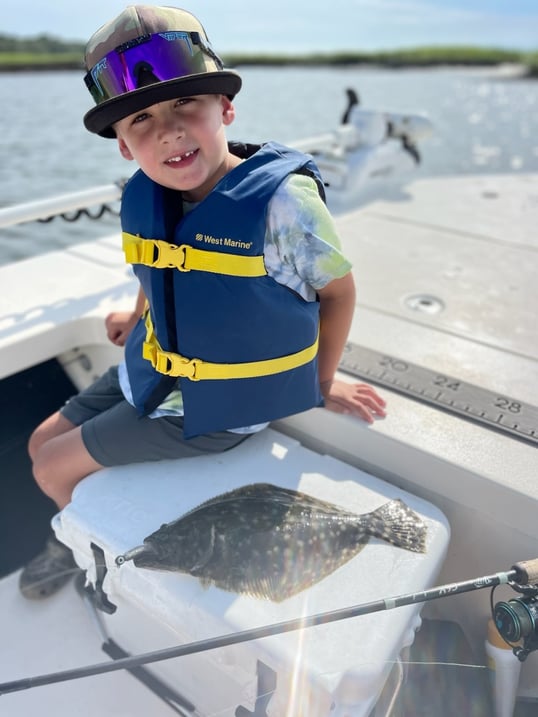
Spinning Vs. Baitcasting
There are two main types of light tackle: spinning and baitcasting. Spinning is the most popular type of light tackle fishing, and it is also the easiest for beginners to learn. Baitcasting is a more advanced technique that uses heavier lures and requires more skill to master. Light tackle spinning gear is an ideal setup for using finesse baits. It's also a great way to get started in fishing if you're new to the sport. All you need is a spinning rod and reel, some line, and a few lures.
To start, rig your spinning rod with light line (no heavier than six-pound test). Tie on a small spinnerbait or other lure. Cast out and let the lure sink to the bottom. Then, retrieve it slowly, giving it occasional stops and twitches. The key with light tackle spinning is to keep your bait moving slowly enough that the fish will be able to strike at it easily.
If you're baitcasting with light tackle, the same principles apply. The only difference is that you'll be using a baitcasting reel instead of a spinning reel. Baitcasting reels are generally more accurate than spinning reels, so you'll be able to place your lure exactly where you want it. Both spinning and baitcasting with light tackle can be great ways to catch fish. Just remember to keep your bait moving slowly and steadily, and you're sure to hook some fish in no time.
Light Tackle Tips & Tricks
When using light tackle, it is important to use the proper techniques. For spinning tackle, hold the rod in your dominant hand and use your other hand to reel in the line. For baitcasting tackle, place your thumb on top of the spool and use your index finger to control the line.
There are a few things to keep in mind when using light tackle. First, be sure to use light line. This will help to prevent the fish from breaking your line. Second, use smaller hooks. This will make it easier for the fish to bite, and will also help to prevent them from getting away. Finally, be patient when waiting for a bite. Light tackle fishing can be slow at times, but it is important to be patient and wait for the fish to bite.
Light Tackle Target Species
Light tackle can be used to catch all but the biggest of fish. Whether it be freshwater or saltwater, a light tackle set up is always reliable for small and medium sized species. Some of our favorite saltwater species that can be caught with light tackle include striped bass, snapper, flounder, bluefish, bass, trout, and salmon.
Milo Kashey
Updated on August 2, 2023

November 7, 2023

July 1, 2024

November 15, 2023

July 31, 2024

October 26, 2020
Related Articles
October 6, 2021
May 10, 2023
Featured Locations
- Fishing Charters Near Me
- Austin Fishing Guides
- Biloxi Fishing Charters
- Bradenton Fishing Charters
- Cabo San Lucas Fishing Charters
- Cancun Fishing Charters
- Cape Coral Fishing Charters
- Charleston Fishing Charters
- Clearwater Fishing Charters
- Corpus Christi Fishing Charters
- Crystal River Fishing Charters
- Dauphin Island Fishing Charters
- Daytona Beach Fishing Charters
- Destin Fishing Charters
- Fort Lauderdale Fishing Charters
- Fort Myers Fishing Charters
- Fort Walton Beach Fishing Charters
- Galveston Fishing Charters
- Gulf Shores Fishing Charters
- Hatteras Fishing Charters
- Hilton Head Fishing Charters
- Islamorada Fishing Charters
- Jacksonville Fishing Charters
- Jupiter Fishing Charters
- Key Largo Fishing Charters
- Key West Fishing Charters
- Kona Fishing Charters
- Lakeside Marblehead Fishing Charters
- Marathon Fishing Charters
- Marco Island Fishing Charters
- Miami Fishing Charters
- Montauk Fishing Charters
- Morehead City Fishing Charters
- Naples Fishing Charters
- New Orleans Fishing Charters
- New Smyrna Beach Fishing Charters
- Ocean City Fishing Charters
- Orange Beach Fishing Charters
- Panama City Beach Fishing Charters
- Pensacola Fishing Charters
- Pompano Beach Fishing Charters
- Port Aransas Fishing Charters
- Port Orange Fishing Charters
- Rockport Fishing Charters
- San Diego Fishing Charters
- San Juan Fishing Charters
- Sarasota Fishing Charters
- South Padre Island Fishing Charters
- St. Augustine Fishing Charters
- St. Petersburg Fishing Charters
- Tampa Fishing Charters
- Tarpon Springs Fishing Charters
- Venice Fishing Charters
- Virginia Beach Fishing Charters
- West Palm Beach Fishing Charters
- Wilmington Fishing Charters
- Wrightsville Beach Fishing Charters
